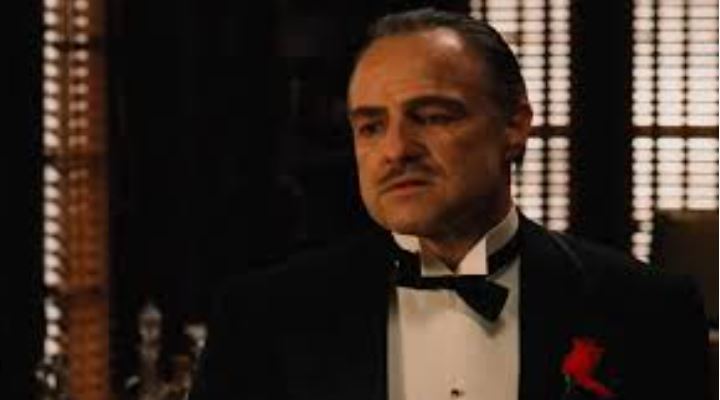A motion picture was released in 1956 that did irreparable damage to the screen legacy of John Wayne. However, the catastrophic effect it may have had on Wayne’s health and the well-being of nearly 100 members of its cast and crew was infinitely worse. In fact, the litany of deaths associated with this debacle’s controversial shoot is horrifying – and Marlon Brando probably counted his lucky stars that he didn’t star in the picture as was initially intended.
When an epic historical drama based on the life and times of the infamous Mongol ruler Genghis Khan was being mounted in Hollywood, few people would have immediately associated Wayne with the part. In fact, it’s downright laughable and more than a little problematic that Wayne wound up cast as Khan. However, Wayne wasn’t even the only wildly ill-fitting actor approached for the role. It was reportedly written with Brando in mind, who had just won ‘Best Actor’ for 1954’s classic crime drama On the Waterfront. He rejected it, though, because he was already contracted to another studio – and it would prove to be one of the best decisions of his life.

With Brando out of the picture, ‘The Duke’ was free to pursue the role, and he went after it with unusual vigour. Director Dick Powell supposedly tried to talk the iconic western star out of darkening his skin to play a 12th-century Mongolian warlord, as he knew the racial connotations were controversial. However, he also had a feeling Wayne didn’t have the acting chops to pull off the role. After all, Wayne was famous for doing one thing exceptionally well, but wasn’t exactly known for having a lot of range.
The Rio Bravo star ignored Powell’s warnings and forged ahead with The Conqueror – and was subsequently lambasted from all corners for his performance. In fact, even though the film performed well at the box office, it developed a reputation over time as one of the worst movies ever made. In 1980, Wayne was even awarded the Golden Turkey Award for the ‘Worst Casting’ in the history of motion pictures. Ouch.
However, this criticism of an acting performance wound up being the least of anyone’s worries in the years after The Conqueror was shot in the beautiful white dunes of Saint George, Utah, in 1954. The location was only 137 miles away from the atomic testing range at Yucca Flat, Nevada, where above-ground nuclear test explosions had been happening since 1951. Harrowingly, 11 explosions occurred the year before the cast and crew arrived to start filming, including 51.5-kiloton and 32.4-kiloton blasts. For reference, the bomb dropped on Hiroshima measured 13 kilotons.
At the time, the federal government assured local residents that there were no health hazards to be concerned about from the nuclear testing. Still, over the years, this was obviously proven false. Terrifyingly, by 1980, 91 of the 220-strong cast and crew of The Conqueror had been diagnosed with cancer. 46 of these people, including Wayne, Powell, and star Susan Hayward actually died from their cancers. Wayne was stricken with lung, stomach, and throat cancers; Powell contracted lymphoma; and Hayward suffered from breast, skin, and uterine cancer, in addition to a brain tumour.
Dr Robert C Pendleton, director of radiological health at the University of Utah, told People magazine, “With these numbers, this case could qualify as an epidemic. The connection between fallout radiation and cancer in individual cases has been practically impossible to prove conclusively. But in a group this size, you’d expect only 30-some cancers to develop. With 91, I think the tie-in to their exposure on the set of The Conqueror would hold up even in a court of law.”
Sadly, it now appears that the government knew full well about the harmful effects of radiation exposure and chose not to warn people about it – or, even worse, suppressed anyone who tried to come forward to expose the dangers. Poignantly, a 1980 congressional report argued, “The greatest irony of our atmospheric nuclear testing program is that the only victims of US nuclear arms since World War II have been our own people.”
With all that in mind, it’s hard to argue that Brando truly may have saved his own life by saying no to the whole misbegotten endeavour.
